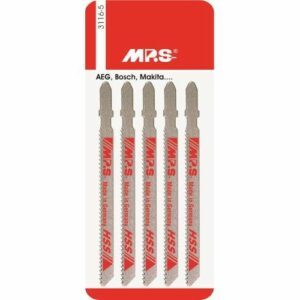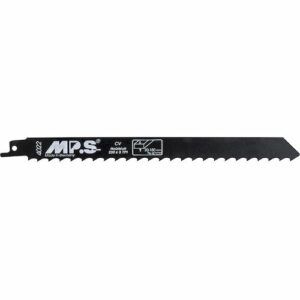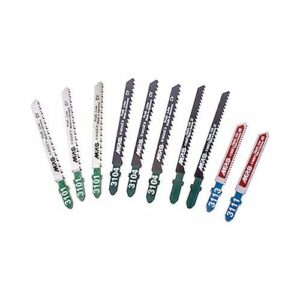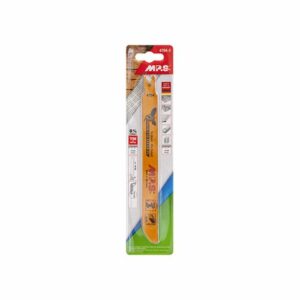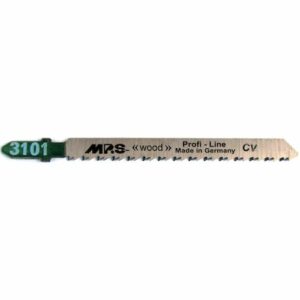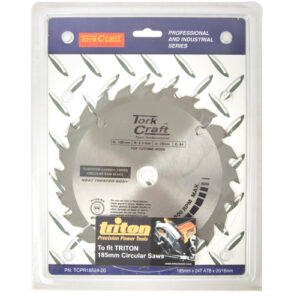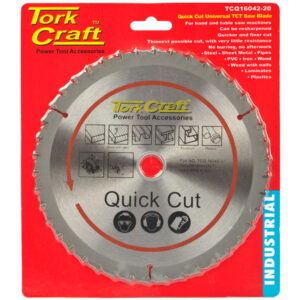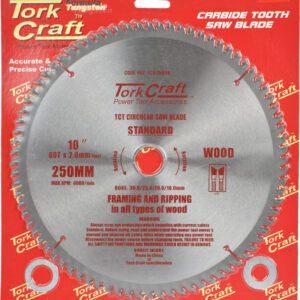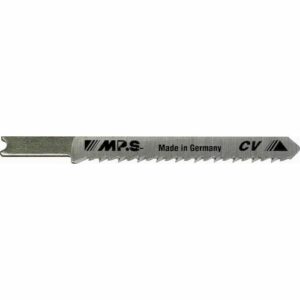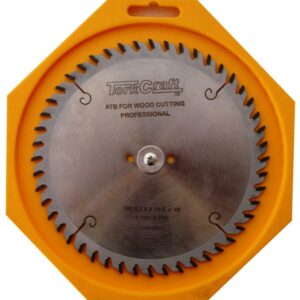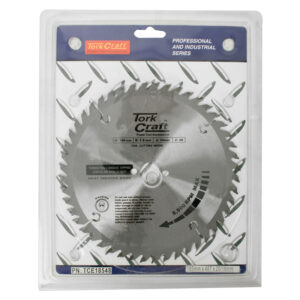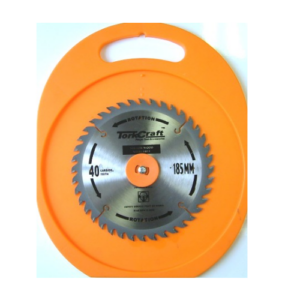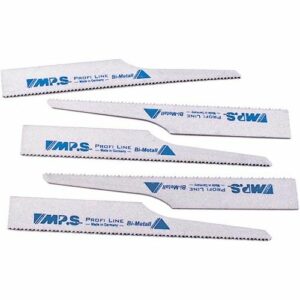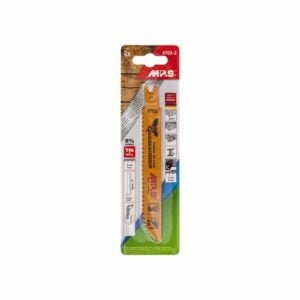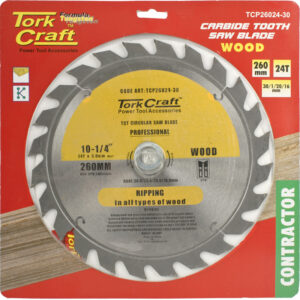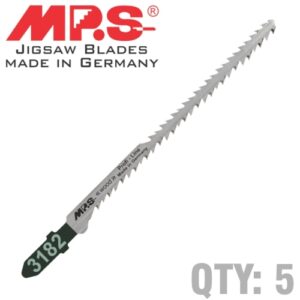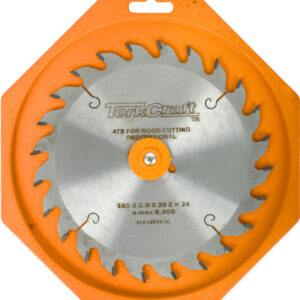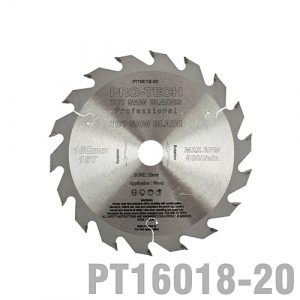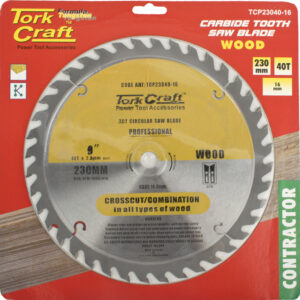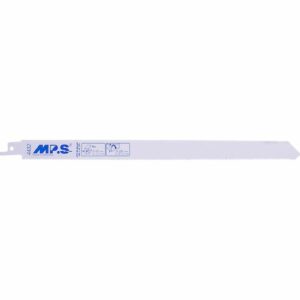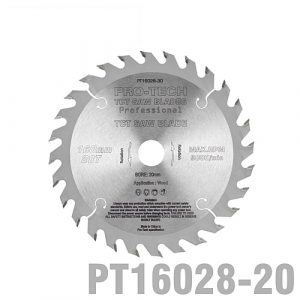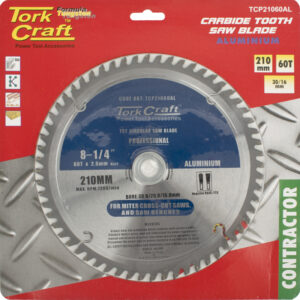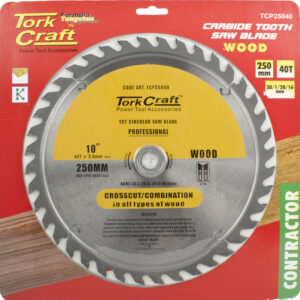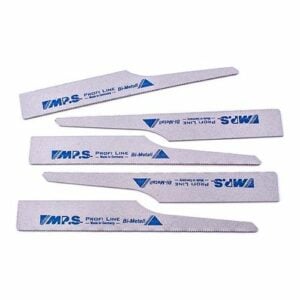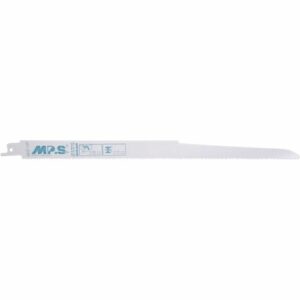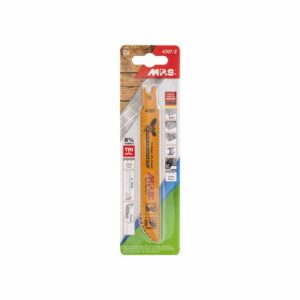Saw blades are cutting tools specifically designed for use with various types of saws. They are used to make precise and controlled cuts in different materials such as wood, metal, plastic, and more. Saw blades come in a variety of shapes, sizes, and configurations to accommodate different cutting needs and saw types.
Here are key aspects and features of saw blades:
Blade Types: There are several types of saw blades, each designed for specific applications. Common types include circular saw blades, reciprocating saw blades, jigsaw blades, band saw blades, miter saw blades, and table saw blades. Each blade type is designed with specific tooth configurations, materials, and sizes to optimize cutting performance.
Tooth Configuration: Saw blades have teeth or cutting edges along their circumference or length. The tooth configuration determines the cutting action and the type of material it is best suited for. Different tooth configurations include rip teeth for fast, parallel cuts, crosscut teeth for smooth, clean cuts, and specialized teeth for specific materials such as metal or laminate.
Blade Materials: Saw blades are made from various materials depending on the intended application. Common materials include high-speed steel (HSS), carbide-tipped blades, diamond-tipped blades, and bi-metal blades. Each material offers different levels of durability, heat resistance, and cutting performance.
Blade Size: Saw blades come in different sizes, including diameter for circular blades and length for reciprocating and band saw blades. The size of the blade should match the specifications of the saw being used to ensure proper fit and optimal performance.
Saw blades are essential tools for various industries, including woodworking, construction, metalworking, and DIY projects. Choosing the right saw blade for a specific cutting task is crucial to achieve clean, accurate cuts and prolong the life of the blade. Factors to consider when selecting a saw blade include the material being cut, the desired cut quality, the saw type, and the blade’s tooth configuration and size.
By selecting the appropriate saw blade and using proper cutting techniques, you can achieve precise and efficient cuts in a wide range of materials.
Showing 113–140 of 578 results
